
It’s a typical Saturday morning at a packed airsoft field. The sound of BBs zipping through the air fills the atmosphere, punctuated by the occasional shout of “Hit!” as players eliminate each other in rapid succession. On one side of the battlefield, a group of Speedsofters—clad in bright, sleek gear and wielding lightweight, fast-firing guns—dart through the arena, sweeping enemies with agility and precision. Opposing them, a group of Milsim players, dressed in camouflage and tactical gear, methodically clear buildings with practiced efficiency. Using hand signals and communication systems, they coordinate seamlessly, executing real-steel maneuvers to outplay the opposition.
As the sun begins to rise, the intensity in the air is palpable. The two factions rarely mix, and tensions are high. A Speedsoft player shoots an incoming Milsim player from behind cover, prompting a heated exchange.
Speedsoft Player (whispering to himself): “All that gear just to come out here and play like total noobs.”
Milsim Player (muttering under his breath): “This is supposed to be tactical, not a videogame. They don’t get it…”
This moment encapsulates the growing divide in the airsoft community. It’s not just a matter of gear or strategy; it’s about different philosophies of play; different visions of what airsoft is supposed to be.
This is the clash between Speedsofters and Milsim players. Two distinct approaches, two distinct cultures, and for some, an ongoing rivalry.
The Origins of Airsoft: A Foundation for Divergence

To understand the roots of the Speedsoft vs. Milsim rivalry, we need to look back at The Origins of Airsoft itself. Airsoft began in Japan in the 1970s as a way to simulate real firearms in a non-lethal, recreational setting. The sport quickly spread to other parts of the world, particularly in countries with strict gun control laws. It provided enthusiasts with a way to engage in military-style simulations without using actual firearms.
Airsoft quickly gained popularity, not just as a shooting hobby but as a tool for military and law enforcement training. As the sport spread beyond Japan—first to Taiwan, Hong Kong, and South Korea, then to Europe and North America—it evolved into two distinct playstyles: Milsim (Military Simulation), which emphasizes realism and tactical gameplay, and Speedsoft, a fast-paced, competitive variation.
By tracing airsoft’s origins, we can better understand how these different playstyles emerged and why the rivalry between Speedsoft and Milsim continues today.
Milsim
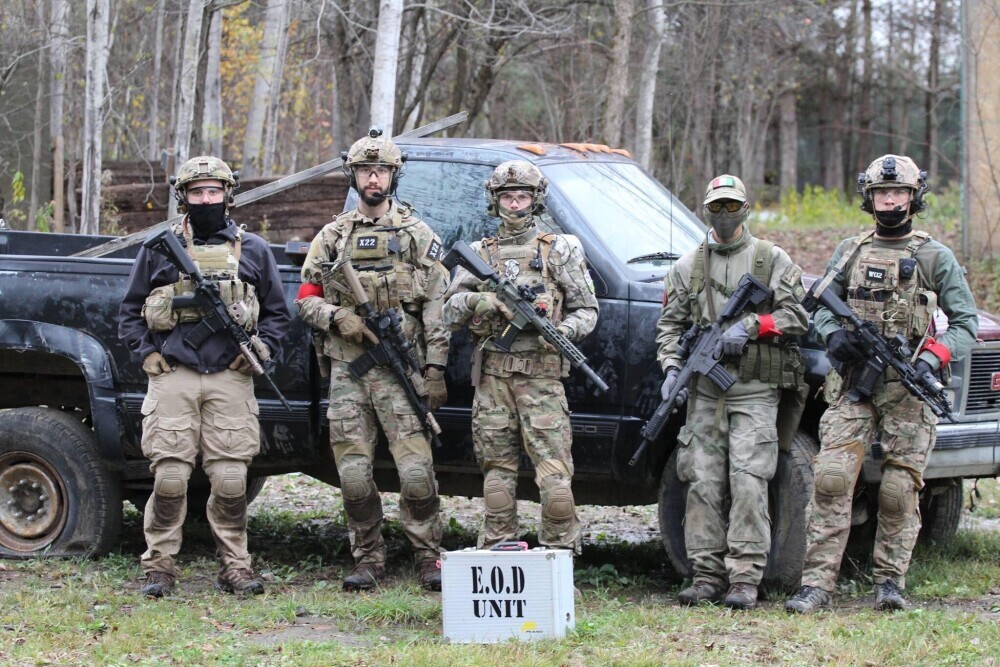
Early airsoft events prioritized realism, giving rise to Milsim (Military Simulation), which was driven by the desire to replicate real military operations as accurately as possible. From the gear worn to the strategies employed, Milsim was designed to provide the most authentic experience possible, often incorporating detailed objectives, role-playing, and a strong emphasis on team-based strategy. The appeal for Milsim players lies in the slow-paced, methodical nature of the game, mirroring military operations that demand careful planning, communication, and precise execution.
Speedsoft
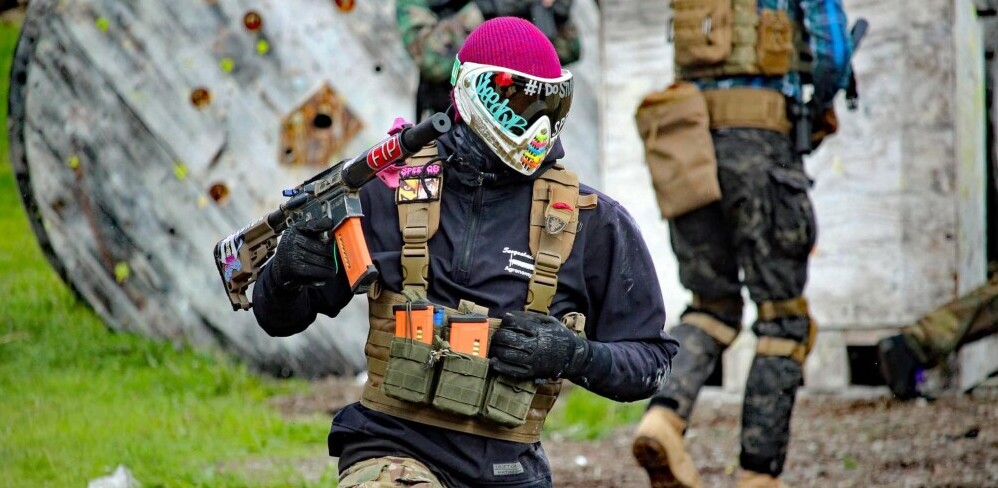
In contrast, Speedsoft emerged in the early 2000s as airsoft’s answer to competitive paintball, emphasizing fast-paced action and aggressive play. Influenced by the speed and agility of paintball tournaments, Speedsoft prioritized high-speed movement, reflexive shooting, and a “run-and-gun” playstyle. The game became faster, more adrenaline-fueled, and centered around individual performance rather than military realism.
The Beef

The tension between these two groups has led to some legendary clashes, both on the field and in the airsoft community. Players from each side argue about everything from tactics to ethics, and some of the rivalry has spilled over into viral incidents.
Consider a notorious incident from 2018 at a major Milsim event. A group of Speedsofters, known for their aggressive playstyle, was accused of “unsportsmanlike behavior” after charging into the game without properly understanding the objectives. The incident went viral, sparking heated online debates about whether Speedsoft players were disrespecting the traditions of Milsim. Some argued that the Speedsofters were too focused on “winning” rather than adhering to the spirit of the game, while others defended their right to play as they wished. This clash further fueled the rivalry, with both sides publicly voicing their frustrations over the other’s approach to airsoft.
The war of words extended beyond the battlefield and onto social media, where memes, articles, and videos further deepened the divide. Players from both sides took to forums and Facebook groups to voice their opinions, fueling an ongoing debate over what constitutes “real” airsoft. The discussion grew so heated that some event organizers began banning certain playstyles from mixing at their events to prevent further conflict.
Cultural Differences: More Than Just Gear
One of the most obvious distinctions between Speedsofters and Milsim players is their gear. Milsim players typically wear full tactical loadouts, including camouflage, plate carriers, helmets, and various pouches and accessories—often modeled after real military equipment. Their rifles are usually realistic replicas, often customized with attachments like scopes, flashlights, and foregrips to enhance their effectiveness in immersive, tactical scenarios.
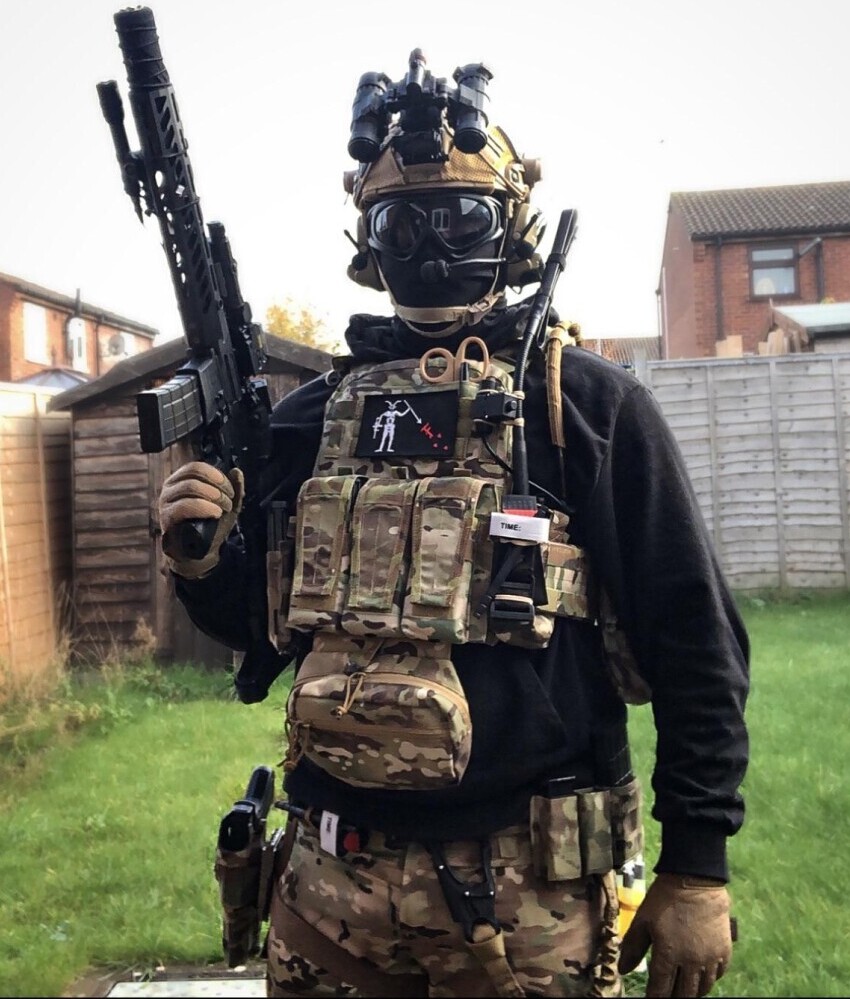
Speedsofters, on the other hand, prioritize lightweight, minimalistic gear, focusing on speed and comfort rather than military realism. Their attire is more athletic than tactical, often consisting of jerseys or sportswear paired with knee pads, gloves, and fast-loading magazines. Rather than aiming to look like soldiers, Speedsofters emphasize mobility and agility to gain a competitive edge on the field.
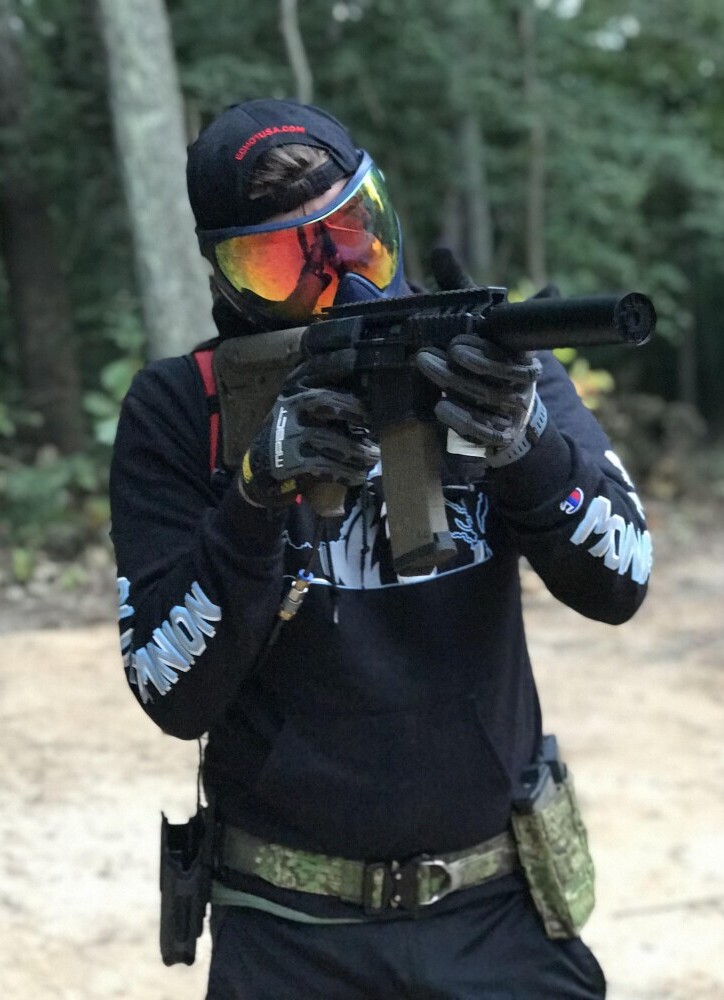
The differences go beyond just the gear. The training styles of Milsim and Speedsoft players are often worlds apart. Milsim players dedicate significant time to studying military tactics, hand signals, and team coordination. They typically engage in pre-game briefings, mission planning, and reconnaissance to prepare for the day’s events. In contrast, Speedsofters focus more on developing individual skills, such as shooting accuracy, speed reloading, and quick decision-making.
Another key difference is the type of environments each group prefers. Milsim players typically enjoy outdoor fields, dense forests, or even abandoned buildings, where they can plan strategic operations and engage in long, drawn-out battles. Speedsofters, on the other hand, are more likely to be found in indoor arenas, where they can move quickly and engage in fast-paced, high-intensity firefights.
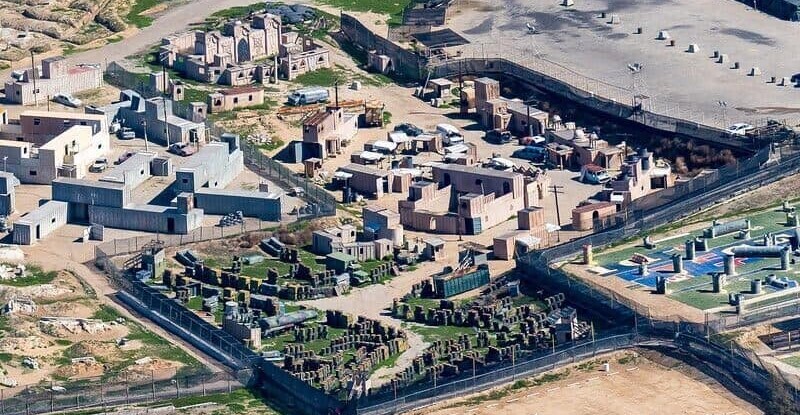 .
.
On social media, these differences are further amplified. Milsim groups often share videos featuring tactical operations, team coordination, and strategic gameplay. In contrast, Speedsoft players post highlight reels showcasing their quickest eliminations, agile movements, and aggressive playstyle. The tone of each group’s content reflects their approach to the game: Milsim emphasizes precision and planning, while Speedsoft focuses on speed and excitement.
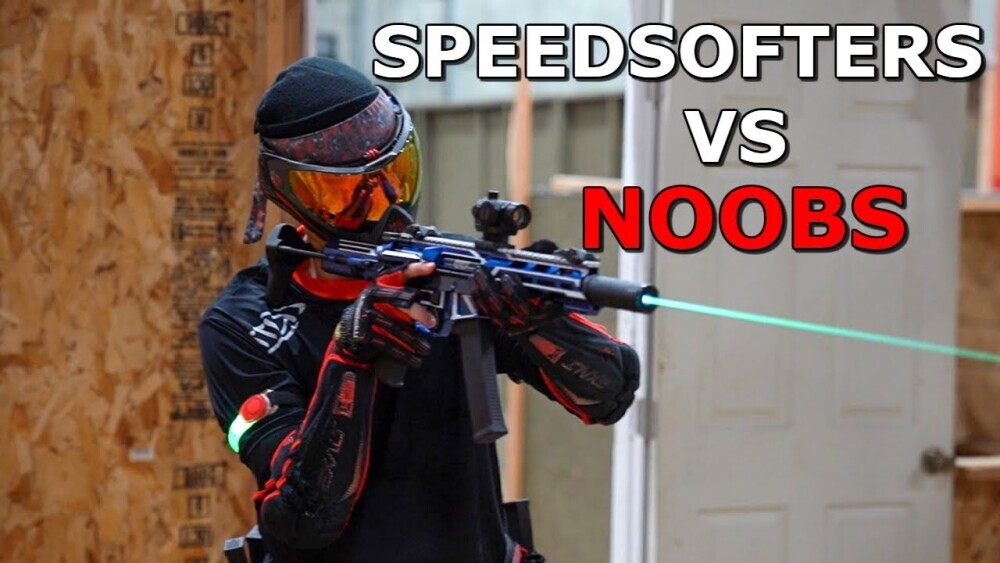

Bridging the Gap: Hybrid Events and the Future of Airsoft
Despite the rivalry, there are efforts to bring Speedsofters and Milsim players together. Hybrid events, which blend elements of both playstyles, have become increasingly popular. These events offer the fast-paced action of Speedsoft while still incorporating the tactical objectives and mission-based gameplay of Milsim. Some organizers even include both indoor and outdoor elements to accommodate players from both communities.
One example of successful hybrid events is the everyday casual skirmish. In these 5-hour events, Speedsoft players and Milsim enthusiasts team up for a weekend of mixed play. These events often feature both close-quarters combat and larger, more tactical outdoor missions. The goal is to create a space where both styles can coexist, allowing players to experience each other’s approaches and, ideally, find common ground.

Funnily enough, the Milsim-Speedsoft rivalry is actually one of the best things that could have happened to airsoft. The contrast between both playstyles helped the sport attract a diverse range of people and markets. Paintball players began seeing Speedsoft as a more affordable way to enjoy similar fast-paced action. Meanwhile, real steel enthusiasts saw airsoft Milsim events as the ultimate training ground, where they could test their gear and skills in a simulated battlefield to see if they truly had what it takes.
Both sides have contributed significantly to the sport. Speedsoft opened the door to competitive play and cash prize tournaments, while Milsim provided a therapeutic outlet for service members dealing with PTSD and a place where airsoft enthusiasts could come together, build friendships, and form lasting relationships that continue today. Additionally, Milsim has contributed to the growth of tactical training for civilians, offering a safe and controlled environment where individuals can practice military-style tactics, teamwork, communication, and leadership—skills that can translate into real-world situations.
Conclusion: Respecting the Rivalry
The rivalry between Speedsofters and Milsim players is more than just a clash of playstyles; it’s a clash of cultures, philosophies, and priorities within the airsoft community. While the differences between the two groups are real and often contentious, they also reflect the diverse appeal of airsoft as a whole. Each side brings something unique to the table—Speedsofters bring intensity and excitement, while Milsim players offer strategy and realism.
In the end, the most important thing is that airsoft continues to thrive as a community-driven activity, where people of all playstyles can come together to enjoy the game. Whether you prefer to run and gun or meticulously plan every move, there’s a place for you in the world of airsoft. And maybe, just maybe, the next time you witness a Speedsoft-Milsim clash—whether it’s on forums or the field—the rivalry will serve as a reminder that there’s more than one way to enjoy the sport we all love.


